If you are wondering how to waterproof a second floor balcony, you have come to the right place. In this blog post, we will discuss everything you need to know in order to waterproof your balcony successfully. We will cover topics such as the types of waterproofing materials available, the installation process, and how to maintain your newly-waterproofed balcony. So if you are ready to learn more, keep reading!
Before You Waterproof a Terrace Flooring
Before you waterproof a terrace floor, it is important to make sure that the space underneath is properly prepared. This means ensuring that any cracks or holes are repaired, and that the surface is clean and smooth. If you do not take these precautions, your waterproofing efforts may be in vain.
Once you have prepared the surface, you can choose from a variety of different waterproofing materials. The most popular option is probably a liquid rubber membrane, which can be applied with a brush or roller. Other options include sheet membranes, self-adhesive tapes, and spray-on coatings.
When it comes to installation, there are two main methods: cold method and hot method. With the cold method, you simply apply the chosen waterproofing material to the surface. This is the easier and less expensive option, but it does have some drawbacks. First of all, cold-applied materials are not as durable as their hot-applied counterparts. They are also more susceptible to cracking in low temperatures.
Once you have applied the waterproofing material, it is important to maintain your balcony regularly. This means sweeping away any debris that could potentially clog up drains or cracks in the surface. You should also inspect the area regularly for any signs of damage, and repair any cracks or holes as soon as possible. By taking these simple precautions, you can ensure that your waterproofed balcony will last for many years to come. [1]
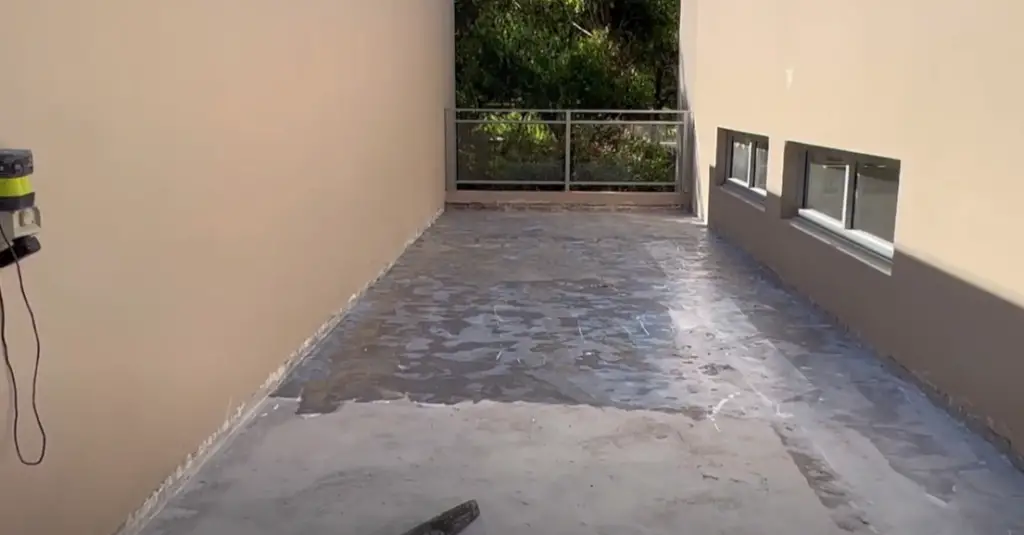
How to Choose the Best Waterproofing Solution for Existing Balconies
If you have an existing balcony that needs waterproofing, you may be wondering which solution is best for your needs. There are a few things to consider when making your decision, such as the type of surface you are working with, the climate in your area, and your budget.
For example, if you live in an area with a lot of rainfall, you will need to choose a waterproofing solution that can withstand heavy rains. On the other hand, if you live in a dry climate, you may not need such a robust solution.
Another thing to consider is the type of surface you are working with. If it is concrete, brick, or stone, then a liquid rubber membrane is likely your best option. If the surface is wood, then you may want to consider a sheet membrane or self-adhesive tape.
Finally, you will need to consider your budget. Waterproofing solutions can range in price from fairly affordable to quite expensive. It is important to choose a solution that fits your needs and your budget.
By taking all of these factors into consideration, you can be sure to choose the best waterproofing solution for your existing balcony. [2]
Waterproofing Floors and Substrates in Excellent Condition
It is a lot easier and cheaper to waterproof your balcony when the substrate or flooring is in excellent condition. You can use a sealant, membrane, or coating to waterproof the surface. However, if there are cracks or holes in the substrate, you need to repair them before applying any waterproofing solution.
Waterproofing balconies with a sealant:
A sealant is a liquid that dries up to form a thin layer on the surface of the balcony. Most commonly made of latex, silicone, or acrylic, it can be applied with a brush, roller or sprayer. Sealants provide an effective barrier against water infiltration, keeping your balcony dry and preventing costly damage. Whether you’re starting from scratch or renovating an existing balcony, these products are easy to apply and look great.
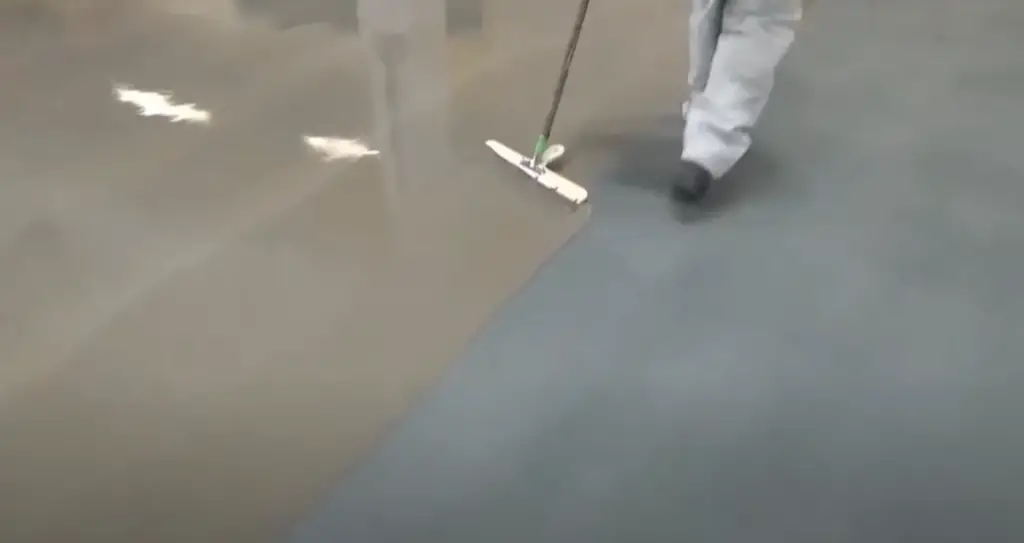
Waterproofing balconies with a membrane:
A membrane is a sheet of material that is placed over the surface of the balcony. It is usually made of rubber, plastic, or asphalt and can be applied using a roller or brush. Membranes are effective in preventing water from seeping through pores and cracks on the surface of the balcony. They are also easy to apply and can be used on both new and old balconies.
Waterproofing balconies with a coating:
If you want to waterproof your balcony with a coating, there are two main types of coatings that can be used: elastomeric coatings and acrylics. Elastomeric coatings are usually more expensive than acrylics, but they offer better protection against water and weather damage. Acrylics are less expensive but don’t last as long.
When choosing a coating for your balcony, make sure to pick one that is specifically designed for outdoor use. Also, keep in mind that some coatings require more maintenance than others. For example, elastomeric coatings need to be reapplied every few years, while acrylics only need to be reapplied every decade or so. [3]
Waterproofing Damaged Finished Flooring or Substrate
If the balcony is already finished with flooring, it may be necessary to remove and replace the damaged sections. This will ensure a solid, reliable substrate for the new waterproofing membrane. In some cases, however, it may be possible to simply repair damage and prepare the surface for waterproofing.
There are a variety of different waterproofing membranes that can be used on second floor balconies. One of the most popular options is a sheet membrane, which is applied in a continuous layer over the entire surface. This type of membrane is typically made from PVC or HDPE and bonded to the substrate with an adhesive. Another option is liquid-applied waterproofing, which is applied as a thick coating and dries to form a seamless barrier. This type of waterproofing can be ideal for repairing existing damage or gaps in the surface.
Whichever type of waterproofing membrane you choose, it’s important to follow the manufacturer’s instructions carefully and allow ample time for the product to cure before using the balcony. Once the new waterproofing membrane is in place, you can enjoy your second floor balcony worry-free!
How to Seal a Balcony Floor
To seal a balcony floor, start by cleaning the surface with a power washer. Then, repair any cracks or holes in the surface with concrete filler and sand the area smooth. Once the surface is prepared, apply a coat of primer and let it dry. Next, apply two coats of waterproofing sealant and let each coat dry for 24 hours before walking on the floor. Finally, apply a non-slip finish to the floor for safety.
When sealing a balcony floor, it’s important to use a high quality waterproofing sealant. This will ensure that your balcony is protected from water damage. It’s also important to apply primer to the surface before applying the sealant. This will help the sealant to adhere to the surface better. Finally, be sure to apply a non-slip finish to the floor for safety. [4]
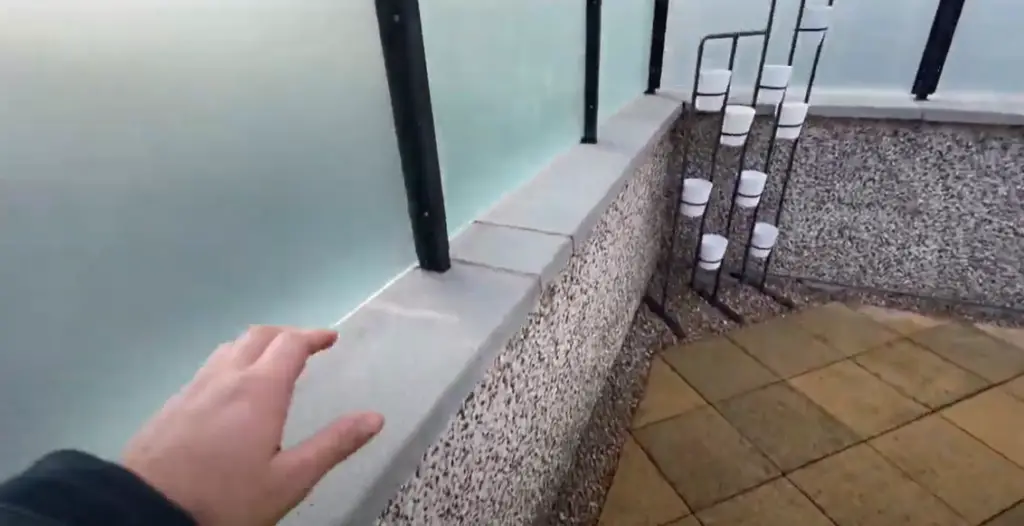
Best Option for Waterproofing a Terrace or Balcony Floor
There are several ways that you can waterproof your balcony or terrace floors. The best option will depend on the balcony’s location, traffic, and intended use. Here are a few of the best options for waterproofing a second floor balcony:
- A clear sealer is one of the most popular options because it does not change the appearance of the flooring. This type of sealer will need to be reapplied every few years to maintain its effectiveness.
- If you have tile or stone floors, you can use a penetrating sealer to help protect against water damage. This type of sealer works by filling in the pores of the tile or stone so that water cannot penetrate them.
- Another option for waterproofing a balcony or terrace floor is to install a membrane system. This type of system is designed to create a barrier between the floor and the elements. Membrane systems can be made from a variety of materials, including PVC, EPDM, and TPO.
If you are unsure of which option is best for your needs, you should consult with a professional contractor who specializes in waterproofing. They will be able to assess your balcony or terrace and recommend the best solution for your specific situation.
No matter which option you choose, it is important that you follow the manufacturer’s instructions carefully to ensure that the product is installed correctly. By taking the time to properly waterproof your balcony or terrace floors, you can enjoy them for many years to come.
Steps for Waterproofing the Balcony
There are a few things you need to do to waterproof your balcony. First, you need to make sure that the surface is clean and free of any debris. Next, you need to apply a waterproofing membrane to the surface. Finally, you need to seal all of the seams and joints.
If you follow these steps, you will be well on your way to having a waterproof second floor balcony. Simply ensure that you take your time with each of the procedures and don’t rush through them. Don’t hesitate to ask a professional for assistance if you have questions.
Step 1: Test the Condition of the Floor
The first step in waterproofing a second floor balcony is to test the condition of the floor. This can be done by pouring a small amount of water onto the surface and seeing how it drains. If the water puddles on the surface or if it drains slowly, then the floor will need to be repaired before waterproofing can take place.
Step 2: Prepare the Floor for Waterproofing
Once the floor has been repaired, it will need to be prepared for waterproofing. This can be done by cleaning the surface with a power washer. Then, repair any cracks or holes in the surface with concrete filler and sand the area smooth.
Step 3: Seal Up the Cracks and Holes
After the floor has been prepared, it will need to be sealed up. This can be done by applying a self-leveling sealant to all of the cracks and holes in the surface. Once the sealant has dried, it will need to be sanded smooth.
Step 4: Apply an Extra Layer of Primer
After the floor has been sealed, an extra layer of primer will need to be applied. This will help the waterproofing membrane to adhere to the surface better. Be sure to follow the manufacturer’s instructions carefully when applying the primer.
Step 5: Apply the Waterproofing Membrane
Once the primer has dried, it will be time to apply the waterproofing membrane. This can be done by rolling or spraying the membrane onto the surface. Be sure to follow the manufacturer’s instructions carefully when applying the membrane.
After the membrane has been applied, it will need to be left to dry for 24 hours before proceeding to the next step.
Step 6: Finishing the Waterproofing Process
After the waterproofing membrane has had time to dry, it will need to be protected. This can be done by applying a layer of asphalt felt paper over the top of the membrane. Once the felt paper has been applied, it will need to be covered with a layer of gravel.
These steps will ensure that your second floor balcony is properly waterproofed. Just make sure that you take your time and do not rush through any of the steps. If you have any questions, feel free to ask a professional for help. [5]
FAQ
What can I use to waterproof my balcony?
There are a number of different products that can be used to waterproof a balcony. Some of these products include membranes, sealants, and asphalt felt paper.
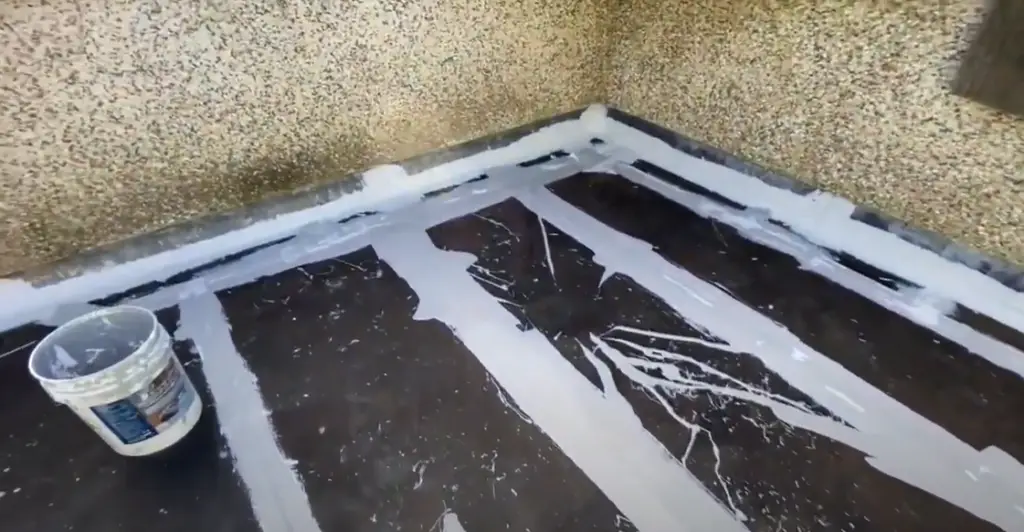
It is important to choose the right product for your specific situation. If you are unsure about which product to use, you can always ask a professional for help. [6]
Do balconies require waterproofing?
Balconies are often exposed to the elements and can suffer from water damage if they are not properly waterproofed. Waterproofing your balcony will help to protect it from the elements and extend its lifespan.
What is a balcony membrane?
A balcony membrane is a thin layer of material that is applied to the surface of a balcony. This membrane helps to waterproof the balcony and protect it from the elements.
There are a number of different types of membranes that can be used on a balcony. Some of these membranes are made from asphalt, plastic, or rubber. [7]
Why do balconies leak?
Balconies can leak for a number of reasons. Some of the most common reasons include cracks in the surface, holes in the surface, and poor drainage.
If your balcony is leaking, it is important to identify the source of the leak and repair it as soon as possible. Ignoring a leak can cause serious damage to your balcony and home. [8]
Useful Video: 2nd Story Balcony Repair & Waterproofing
Conclusion
Balcony waterproofing is a process that is often overlooked, but it’s an important one if you want to keep your space functional and looking great. We hope this article has helped you understand the basics of balcony waterproofing and given you some ideas on how to get started on your own project. If you have any questions or would like more information, don’t hesitate to reach out to us. Thanks for reading!
References:
- https://www.winklerchimica.com/us/waterproof-balcony-terrace/
- https://www.profilitec.com/en/blog/solutions-for-waterproofing-terraces-and-balconies
- https://polyguardproducts.com/2021/10/balcony-waterproofing/
- https://smallbalcony.com/how-to-waterproof-a-second-floor-balcony-6-easy-steps/
- https://stopwaterleaking.com/how-to-waterproofing-the-balcony/
- https://buildingadvisor.com/materials/exteriors/flashing-membranes/
- https://www.danraegroup.com.au/membrane-balconies/
- https://www.architectureanddesign.com.au/suppliers/projex-group-1/understanding-and-resolving-balcony-leaks

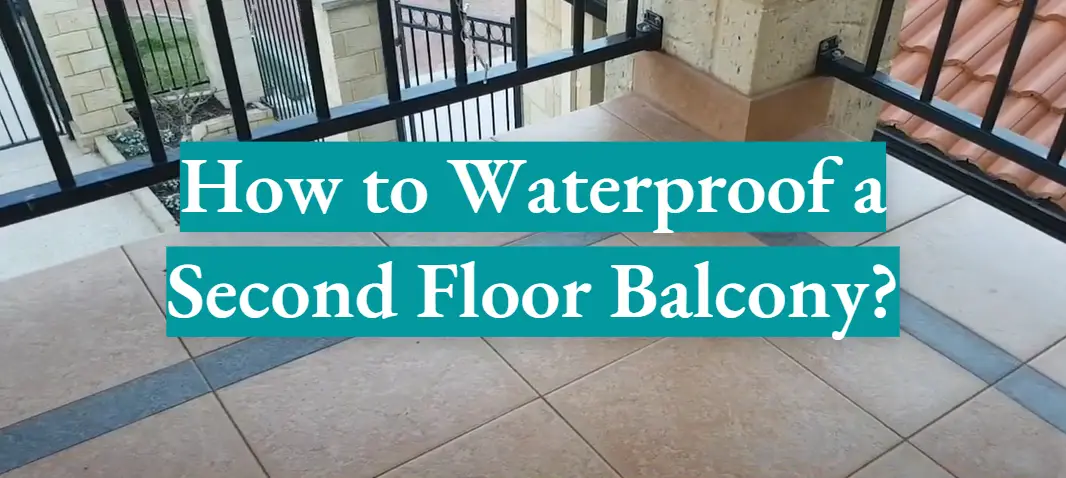
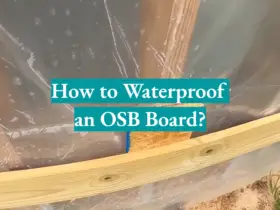
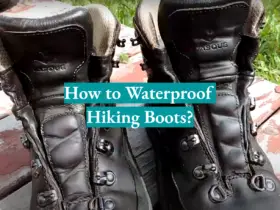
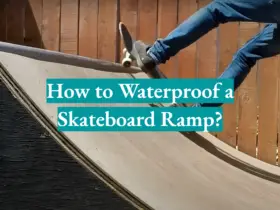
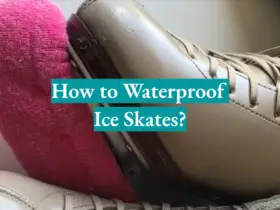
Leave a Reply